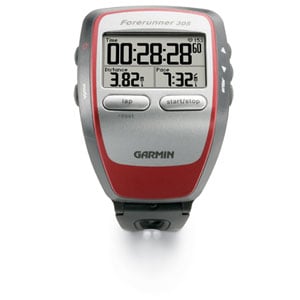No Free Emergency Medicine Talks existem mais de 1670 conferências gravdas em MP3s de jornadas e congressos internacionais sobre medicine de emergência.
Basta acessar os links e escutar no seu computador. Não há limites para download.
Aqui algumas aulas do 6th Mediterranean Emergency Medicine Conference, evento de setembro de 2011, na Grécia!
Day 1, Track A, Morning: Resuscitation
· Marc Sabbe (Belgium
· Deborah Diercks (California
· Scott Weiner (Massachusetts
· Marvin Wayne (Washington
· Marcus Ong (Singapore
Day 1, Plenary
· Patrick Croskerry (Canada
· Ziad Kazzi (Georgia
Day 1, Track A, Afternoon: Shock & Sepsis
· Vu Kiet Tran (Canada
· David A. Talan (California
· Christoph Dodt (Germany
· Abdel Bellou (France
· Alan Jones (Mississippi
· Fernando Schiraldi (Italy
Day 1, Track B, Morning – Toxicology & Pharmacology
· Kurt Anseeuw (Belgium
· Melanie Stander (South Africa
· David M. Wood (United Kingdom
· Judd E. Hollander (Pennsylvania
· Dianne P. Calello (New Jersey
· Francisco Moya Torrecilla (Spain
Day 1, Track B, Afternoon – Medical Imaging
· Hein Lamprecht (South Africa
· Robert Jarman (United Kingdom
· Michael Drescher (Connecticut
· Francisco Moya Torrecilla (Spain
· Gregory Garra (New York
· Jeffrey M. Freeman (Michigan
Day 1, Track D, Morning – History of Emergency Medicine
· David Williams (United Kingdom
· Robert E. Suter (Texas
· Helen Askitopoulou (Greece
· Joe Lex (Pennsylvania
· Terry Kowalenko (Michigan
· Venkataraman Anantharaman (Singapore
Day 1, Track D, Afternoon – Administration
· Darren Kilroy (United Kingdom
· Matthias Brachmann (Germany
· Richard Wolfe (Massachusetts
· Howard Blumstein (North Carolina
· Barbara Hogan (Germany
Day 1, Track E – Research in Emergency Medicine
· Gary Gaddis (Kansas
· Abdel Bellou (France ): Evaluation of Research in Emergency Medicine in Europe - http://freeemergencytalks.net/?p=6476
· Sean Gottschalk (South Africa
· Paul Barach (Australia
· Leslie Zun (Illinois
· David A. Talan (California
· Said Laribi (France): Networking in Research in Emergency Medicine - Description of a Great Network - http://freeemergencytalks.net/?p=6491
· David Taylor (Australia
· Nicola Parenti (Italy
· Robert E. O'Connor (Virginia
· Carlos Garcia Rosas (Mexico ): Methods of Evaluation in the Emergency Room - MEXICO
· Maaret Castren (Sweden


